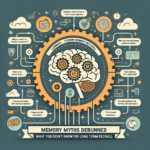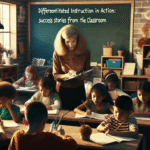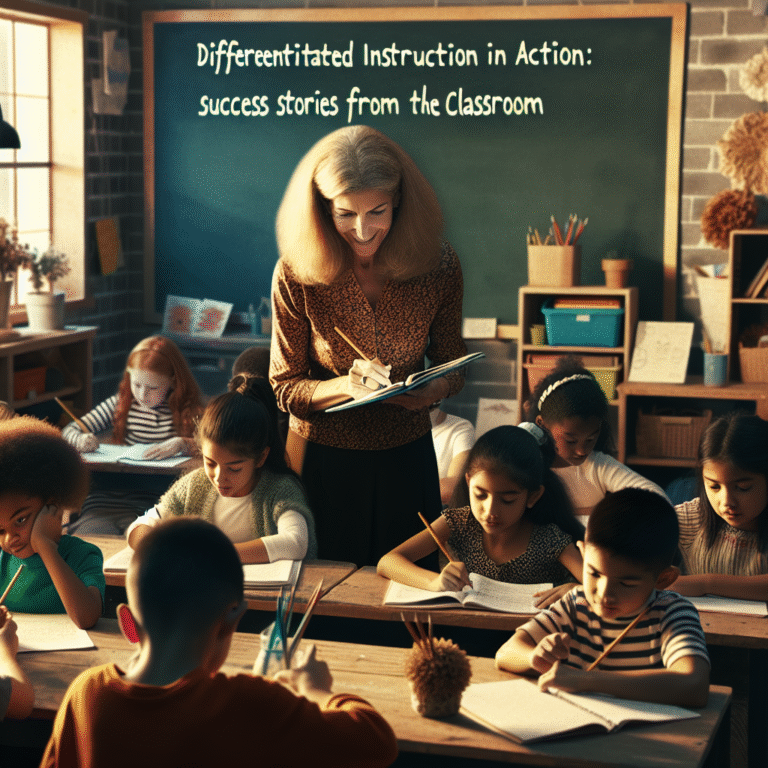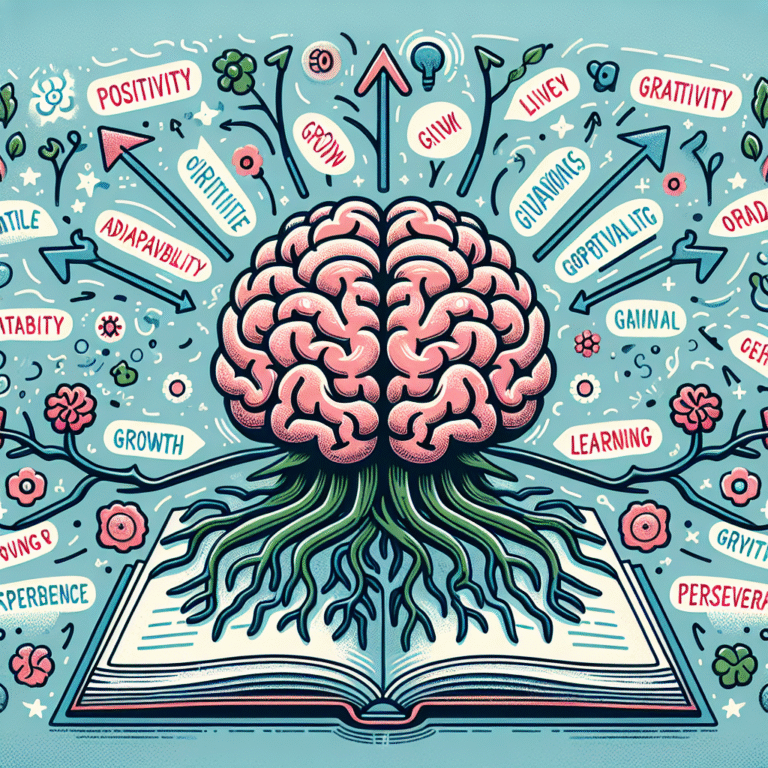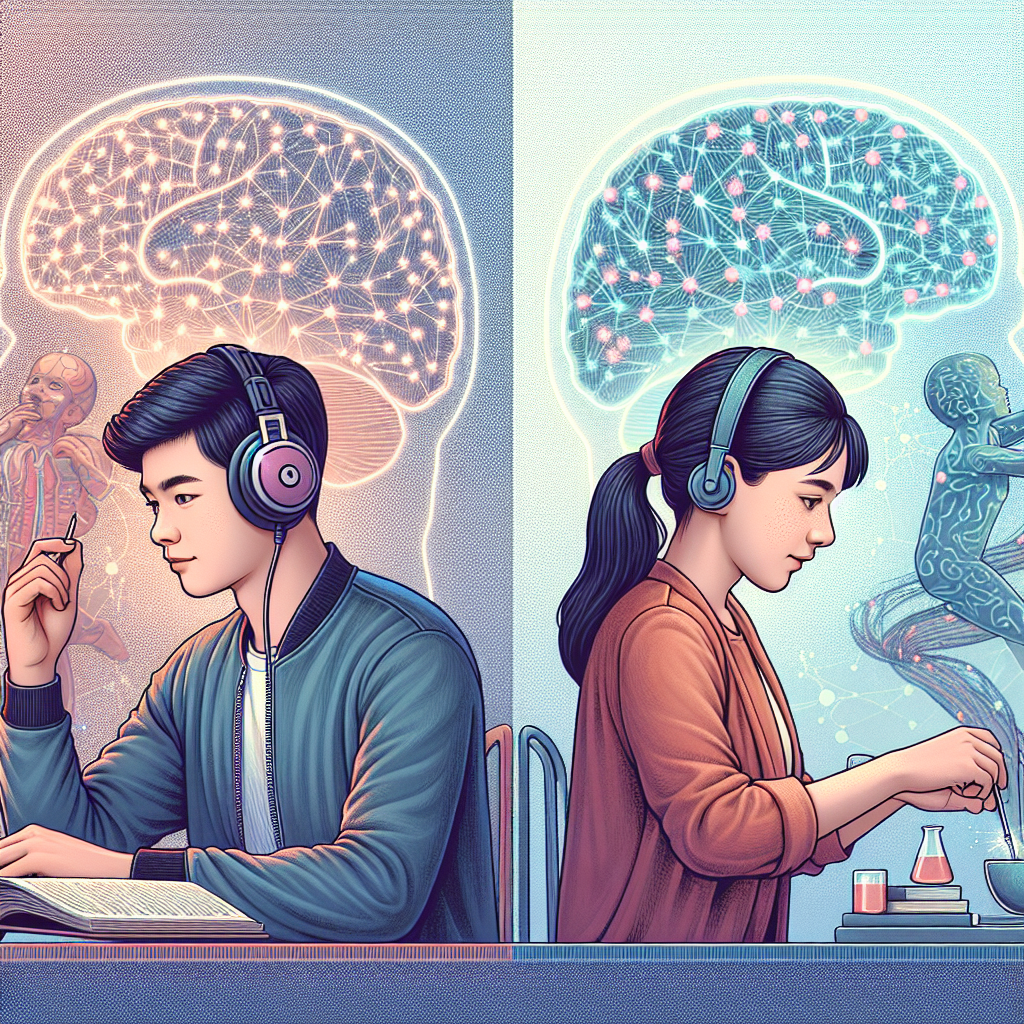
Introduction
Imagine a classroom where every student is engaged, not just because of the lesson, but because the lesson resonates with them personally. Learning styles have emerged as a key factor in addressing this educational dream. Specifically, the shift from kinesthetic learning—learning through action and experience—to auditory learning—acquiring knowledge through listening—represents a significant transition. In "From Kinesthetic to Auditory: A Deep Dive into Learning Styles," we will explore this shift, its implications, and how to leverage it for effective learning.
Understanding Learning Styles
What Are Learning Styles?
The term "learning styles" refers to the preferred ways individuals learn and process information. Traditionally, educational theory categorizes learners into several types—visually, audibly, and kinesthetically. While the debate continues over the scientific basis of these styles, many educators and psychologists advocate using them to improve educational practices.
A Brief Overview of Kinesthetic and Auditory Learning
Kinesthetic Learners: Often referred to as "hands-on" learners, these individuals learn best through movement, touch, and hands-on experiences. They are often tactile and physically engage with the material they are learning.
- Auditory Learners: On the other hand, auditory learners thrive when information is presented verbally. Listening to lectures, discussions, and audiobooks enhances their understanding and retention.
Understanding the mechanisms behind these styles is crucial for educators, as it directly impacts lesson planning and instructional methods.
The Importance of Learning Styles in Education
The growing recognition of learning styles reshapes traditional approaches to teaching. For those of us interested in "From Kinesthetic to Auditory: A Deep Dive into Learning Styles," we begin to see the nuances of how students engage with information. By tailoring lessons to fit individual styles, we can significantly improve engagement and comprehension—leading to better educational outcomes.
The Shift: From Kinesthetic to Auditory Learning
Why the Shift Happens
While kinesthetic learning activities—like simulations, role-playing, and hands-on experiments—are often emphasized in early education, the need to transition from kinesthetic practices to auditory methods becomes apparent in more advanced studies. In subjects like literature and social sciences, auditory methods—discussion, debates, and lectures—play a more prominent role. This transition is necessary as students face academic pressures and prepare for higher education.
Case Study: Engaging Advanced Learners
In a study conducted at a university, a cohort of kinesthetic learners was initially struggling in a literature course. To enhance their learning, instructors incorporated auditory methods such as group discussions, podcast assignments, and guided readings. As a result, average grades improved by 20%, demonstrating the effectiveness of using auditory techniques to engage students who initially thrived on kinesthetic experiences.
Analysis of the Case Study
This case illustrates that while students may have a predominant learning style, the integration of complementary methods—like auditory techniques—can produce significant academic improvements. Educators must recognize these shifts to adapt their teaching strategies effectively.
Best Practices for Transitioning Learning Styles
Assessing Individual Learning Styles
Before making any transition from kinesthetic to auditory methodologies, it is crucial to assess the learning styles of students. Various tools, such as questionnaires and observation, can help clarify their preferences.
| Assessment Tool | Description | Usefulness |
|---|---|---|
| VARK Questionnaire | Evaluates visual, auditory, reading/writing, and kinesthetic styles | Quick and easy to implement |
| Learning Style Inventory | Offers a detailed profile of students’ preferred learning styles | Gives specific insights into student needs |
| Direct Observation | Involves teachers observing students’ interactions with content | Provides qualitative data |
Effective Integration Techniques
Incorporate Multimedia Elements: Use videos, podcasts, and audiobooks alongside traditional kinesthetic activities. This caters to both auditory and kinesthetic learners, enriching the learning experience.
Facilitate Active Discussions: Rather than delivering lectures, ask open-ended questions that require auditory learners to articulate their thoughts, while also allowing kinesthetic learners to engage through movement—like walking while discussing.
- Use Technology: Tools such as podcasts allow auditory learners to digest content at their own pace, while kinesthetic learners can engage with interactive platforms that blend audio and visual elements.
Case Study: Blended Learning
An innovative high school in California introduced a blended learning program that embedded both kinesthetic and auditory teaching methods. They developed a module on environmental science, where:
- Students participated in experimental labs (kinesthetic).
- They also engaged in group discussions and listened to podcasts on relevant topics (auditory).
Results showed that student engagement increased by 30%, and test scores improved by 25% compared to previous years.
Analysis of the Blended Learning Model
This model highlights how intertwining learning styles promotes a richer educational experience. By sustaining engagement and allowing for deeper understanding, it exemplifies the importance of a comprehensive approach.
Strategies for Auditory Learners
Techniques that Work
Storytelling: Incorporate narrative techniques into lessons. Auditory learners absorb information better through stories and anecdotes, making the material memorable.
Group Projects and Discussions: Encourage collaborative work that allows auditory learners to express themselves and hear diverse viewpoints.
- Verbal Quizzes: Instead of written assessments, use verbal quizzes to gauge understanding and retention of material.
Strategies for Kinesthetic Learners to Embrace Auditory Methods
Bridging the Gap
Kinesthetic learners may struggle with auditory methods; thus, strategies to help them adapt are essential.
Movement-Based Listening: Encourage kinesthetic learners to walk or perform simple tasks while listening to audio materials. This helps maintain their physical engagement.
Creating Physical Representations: After listening, kinesthetic learners might create presentations or demonstrations based on the auditory information, fostering retention through action.
- Rhythmic Chanting or Song: Turn auditory information into songs or chants. Kinesthetic movements accompanying rhythm enhance memory retention.
Conclusion
The journey from kinesthetic to auditory learning involves careful consideration and adaptation. The landscape of education is continuously evolving, and recognizing varied learning styles is essential. In "From Kinesthetic to Auditory: A Deep Dive into Learning Styles," we’ve explored the significance of embracing these changes, illustrating that effective teaching requires flexibility and openness.
Key Takeaway
For educators and learners alike, the goal isn’t merely to categorize individuals into rigid learning styles but to create environments that foster versatile learning experiences. By harnessing the strengths of kinesthetic and auditory methods, we don’t just enhance learning; we empower it.
FAQs
What are the main characteristics of kinesthetic learners?
Kinesthetic learners often prefer to learn through action, hands-on tasks, and engaging in physical activity. They may find listening to lectures challenging without accompanying movement.
Can someone’s learning style change over time?
Yes, learning styles can evolve based on experiences, maturity, and educational contexts. A kinesthetic learner may adapt to include more auditory methods for complex subjects.
How can teachers accommodate different learning styles in the classroom?
Teachers can use a mixed approach by incorporating visual, auditory, and kinesthetic elements into their lessons. This caters to diverse learning preferences and promotes inclusivity.
Are learning styles scientifically supported?
The concept of learning styles has generated debate in educational research. While many educators find value in tailored approaches, scientific consensus on their validity remains complex.
How can auditory learners improve their skills?
Auditory learners can enhance their skills by participating in discussions, utilizing audiobooks, and creating verbal explanations of what they’ve learned, allowing for deeper understanding and retention.
Through this comprehensive exploration, we can appreciate the complexities of learning, acknowledging that the transition from kinesthetic to auditory styles is not merely academic but transformative. The future of education lies in understanding, adapting, and embracing these principles to maximize student potential.


